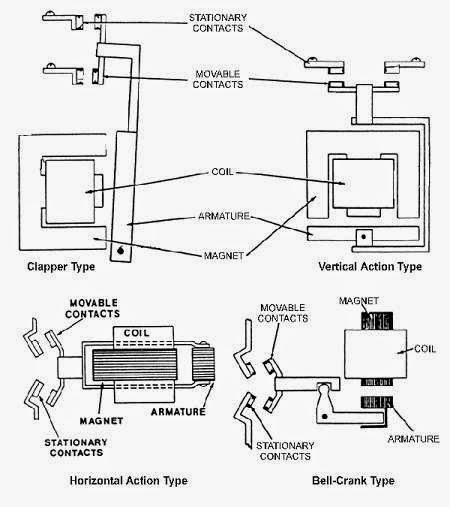Figure 13.1 CNC Machine
Computer Numerical Control (CNC) is one in which the functions and motions of a machine tool are controlled by means of a prepared program containing coded alphanumeric data. CNC can control the motions of the workpiece or tool, the input parameters such as feed, depth of cut, speed, and the functions such as turning spindle on/off, turning coolant on/off. The applications of CNC include both for machine tool as well as non-machine tool areas. In the machine tool category, CNC is widely used for lathe, drill press, milling machine, grinding unit, laser, sheet-metal press working machine, tube bending machine, etc. Highly automated machine tools such as turning center and machining center which can change the cutting tools automatically under CNC control have been developed. In the non-machine tool category, CNC applications include welding machines (arc and resistance), coordinate measuring machine, electronic assembly, tape laying and filament winding machines for composites, etc. There are three basic components of CNC System, such as : Part program, Machine Control Unit (MCU), and machine tool ( lathe,drill press, milling machine, etc).
Advantages and disadvantages of CNC :
- High accuracy in manufacturing
- Short production time
- Greater manufacturing flexibility
- Simpler Fixturing
- Contour Machining ( 2 to 5-axis machining)
- Reduced Human Error
Source :
http://wings.buffalo.edu/academic/department/eng/mae/courses/460-564/Course-Notes/CNC%20notes.pdf















